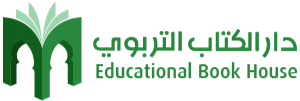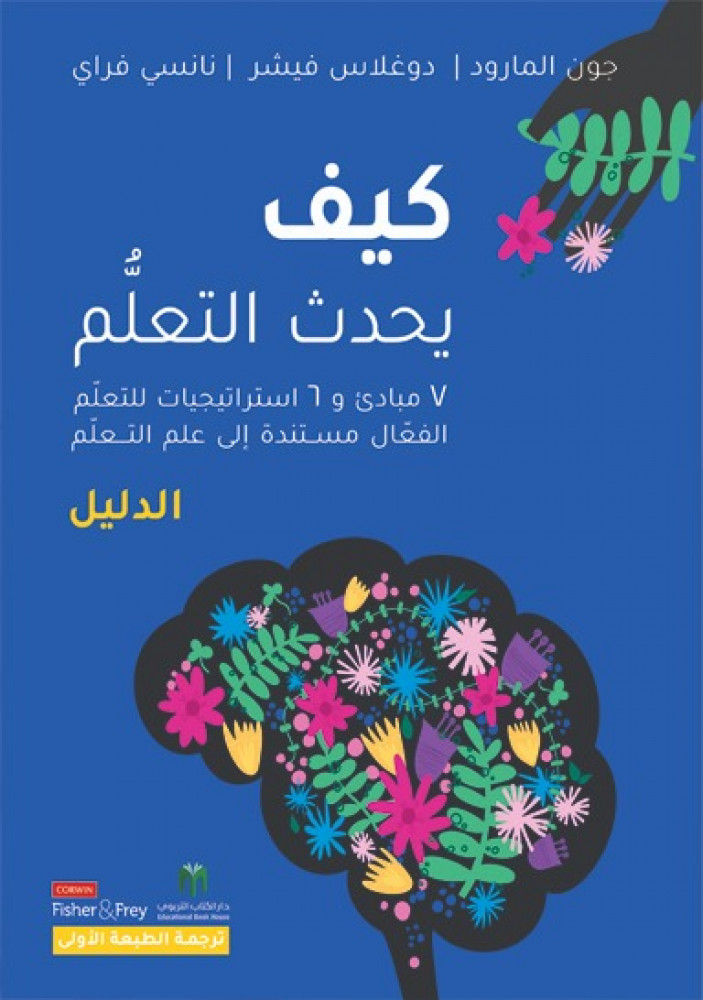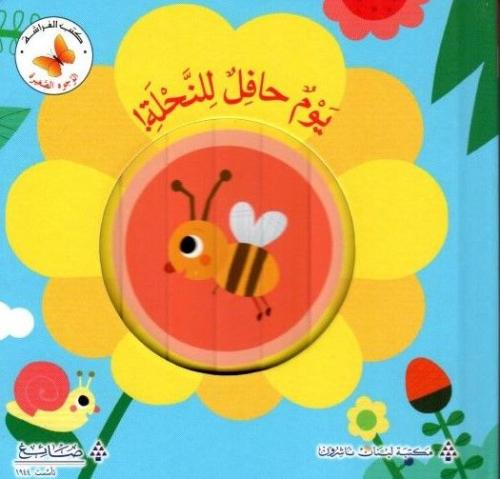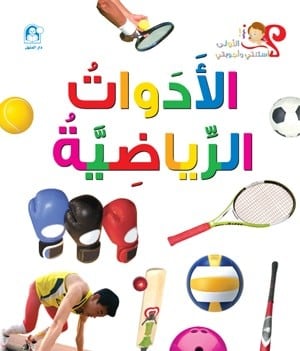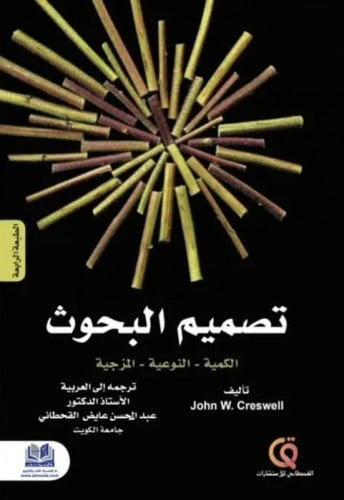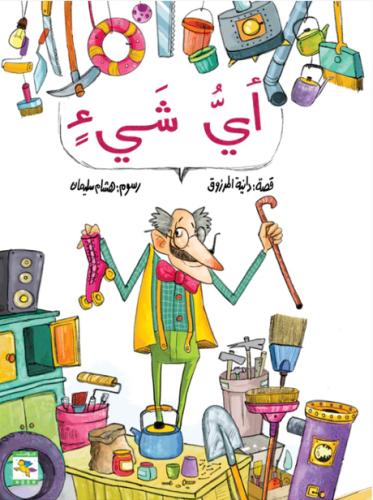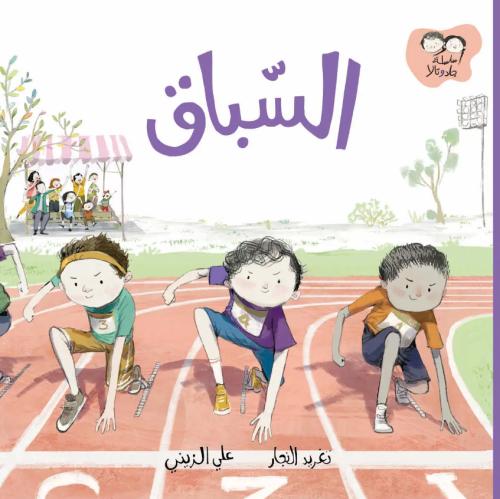AVAILABLE IN ARABIC
About This Book
The content, skills, and understandings students need to learn today are as diverse, complex, and multidimensional as the students in our classrooms. How can educators best create the learning experiences students need to truly learn?
How Learning Works: A Playbook unpacks the science of how students learn and translates that knowledge into promising principles or practices that can be implemented in the classroom or utilized by students on their own learning journey. Designed to help educators create learning experiences that better align with how learning works, each module in this playbook is grounded in research and features prompts, tools, practice exercises, and discussion strategies that help teachers to
- Describe what is meant by learning in the local context of your classroom, including identifying any barriers to learning.
- Adapt promising principles and practices to meet the specific needs of your students—particularly regarding motivation, attention, encoding, retrieval and practice, cognitive load and memory, productive struggle, and feedback.
- Translate research on learning into learning strategies that accelerate learning and build students’ capacity to take ownership of their own learning—such as summarizing, spaced practice, interleaved practice, elaborate interrogation, and transfer strategies.
- Generate and gather evidence of impact by engaging students in reciprocal teaching and effective feedback on learning.
Rich with resources that support the process of parlaying scientific findings into classroom practice, this playbook offers all the moves teachers need to design learning experiences that work for all students!
Table Of Content
Acknowledgments
INTRODUCTION
The Purpose of This Learning Playbook
The Learning Plan With the Modules
Learning Within the Modules
Collaborating for Great Learning
PART I
CHAPTER 1. WHAT DOES LEARNING LOOK LIKE IN YOUR CLASSROOM?
A Definition of Learning
Checks for Understanding
CHAPTER 2. WHAT ARE DIFFERENT WAYS TO THINK ABOUT LEARNING?
Three Different Types of Knowledge
Three Parts of the Learning Process
Checks for Understanding
CHAPTER 3. WHAT ARE THE BARRIERS TO LEARNING?
Acquisition
Consolidation
Storage
Challenges to Learning by Design
Checks for Understanding
CHAPTER 4. HOW DO STUDENTS LEARN?
Learning Myths
The Science of Learning
Checks for Understanding
PART II
CHAPTER 5. PROMISING PRINCIPLE 1: MOTIVATION
What Is Motivation?
What Does This Principle or Practice Look Like in the Classroom?
How Do We Implement This Principle and Practice Into Our Classrooms?
Checks for Understanding
CHAPTER 6. PROMISING PRINCIPLE 2: ATTENTION
What Is Attention?
Factors Influencing Attention
What Does This Principle or Practice Look Like in the Classroom?
How Do We Implement This Principle and Practice Into Our Classrooms?
Checks for Understanding
CHAPTER 7. PROMISING PRINCIPLE 3: ELABORATE ENCODING
What Is Elaborate Encoding?
Components of Elaborate Encoding
Approaches to Promoting Elaborate Encoding
What Does This Principle or Practice Look Like in the Classroom?
How Do We Implement This Principle and Practice Into Our Classrooms?
Checks for Understanding
CHAPTER 8. PROMISING PRINCIPLE 4: RETRIEVAL AND PRACTICE
What Is Retrieval and Practice?
Timing of Retrieval
Types of Retrieval Practice
What Does This Principle or Practice Look Like in the Classroom?
How Do We Implement This Principle and Practice Into Our Classrooms?
Checks for Understanding
CHAPTER 9. PROMISING PRINCIPLE 5: COGNITIVE LOAD
What Is Cognitive Load?
What Does This Principle or Practice Look Like in the Classroom?
How Do We Implement This Principle and Practice Into Our Classrooms?
Checks for Understanding
CHAPTER 10. PROMISING PRINCIPLE 6: PRODUCTIVE STRUGGLE
What Is Productive Struggle?
What Does This Principle or Practice Look Like in the Classroom?
How Do We Implement This Principle and Practice Into Our Classrooms?
Checks for Understanding
CHAPTER 11. PROMISING PRINCIPLE 7: FEEDBACK
What Is Feedback and What Makes It Effective?
What Does This Principle or Practice Look Like in the Classroom?
How Do We Implement This Principle and Practice Into Our Classrooms?
Checks for Understanding
Where to Next?
PART III
CHAPTER 12. EXPLICIT STRATEGY INSTRUCTION
The Gradual Release of Responsibility
Effective Learning Practices
A Return to Germane Cognitive Load
Checks for Understanding
CHAPTER 13. LEARNING STRATEGY 1: GOAL SETTING
The Benefits of Goal Setting
Getting Ready for Goal Setting
The Process of Goal Setting
Checks for Understanding
CHAPTER 14. LEARNING STRATEGY 2: INTEGRATING PRIOR KNOWLEDGE
The Benefits of Integrating Prior Knowledge
Getting Ready to Integrate Prior Knowledge
A Process for Integrating Prior Knowledge
Bonus Material: Annotated Reading
Checks for Understanding
CHAPTER 15. LEARNING STRATEGY 3: SUMMARIZING
Essential Characteristics of Summarizing
Getting Ready to Summarize
A Process for the Explicit Instruction of Summarizing
Checks for Understanding
CHAPTER 16. LEARNING STRATEGY 4: MAPPING
Three Different Ways to Map
Getting Ready for Mapping
A Process for the Explicit Instruction of Summarizing
Checks for Understanding
CHAPTER 17. LEARNING STRATEGY 5: SELF-TESTING
Benefits of Self-Testing
What if Learners Make Mistakes?
Getting Ready to Implement Self-Testing
A Process for Implementing Self-Testing
Bonus Material: Cooperative Learning
Checks for Understanding
CHAPTER 18. LEARNING STRATEGY 6: ELABORATIVE INTERROGATION
Benefits of Elaborative Interrogation
Getting Ready to Implement Elaborative Interrogation
Bonus Material: Jigsaw
A Process for Implementing Elaborative Interrogation
Checks for Understanding
PART IV
CHAPTER 19. GENERATING AND GATHERING EVIDENCE
Planning for Evaluation
Success Criteria and Evaluation
Planning to Gather Evidence
Planning to Collect and Organize Evidence
Making Sense of the Evidence
Conclusion
References
Index
About the Authors
About the Authors
John Almarode

Dr. John Almarode is a bestselling author and has worked with schools, classrooms, and teachers all over the world on the translation and application of the science of learning to the classroom, school, and home environments, and what works best in teaching and learning. He has done so in Australia, Canada, Egypt, England, Qatar, Saudi Arabia, Scotland, South Korea, Thailand and all across the United States.
He is an Associate Professor of Education in the College of Education. In 2015, John was awarded the inaugural Sarah Miller Luck Endowed Professorship. In 2021, John was honored with an Outstanding Faculty Award from the State Council for Higher Education in Virginia. At James Madison University, he continues to work with pre-service teachers and graduate students, as well as actively pursues his research interests including the science of learning, the design and measurement of classroom environments that promote student engagement and learning.
The work of John and his colleagues has been presented to the United States Congress, Virginia Senate, at the United States Department of Education as well as the Office of Science and Technology Policy at The White House.
John began his career in Augusta County, Virginia, teaching mathematics and science to a wide-range of students. Since then, John has authored multiple articles, reports, book chapters, and eleven books including Captivate, Activate, and Invigorate the Student Brain in Science and Math, Grades 6 - 12 (Corwin Press, 2013), From Snorkelers to Scuba Divers (Corwin Press, 2018), both with Ann Miller, and Visible Learning for Science, with Doug Fisher, Nancy Frey, and John Hattie (Corwin Press, 2018). He recently finished a book focusing on clarity, Clarity for Learning, with Kara Vandas (Corwin Press, 2019), as well as Teaching Mathematics in the Visible Learning Classroom, Grades 6 - 8, and Teaching Mathematics in the Visible Learning Classroom, Grades 9 - 12 both with Doug Fisher, Joseph Assof, Sara Moore, Nancy Frey, and John Hattie (Corwin, 2019), all with Corwin Press. Teaching Mathematics in the Visible Learning Classroom, Grades K - 2 and Teaching Mathematics in the Visible Learning Classroom, Grades 3 - 5 with the same author team plus Kateri Thunder hit the shelves in March of 2019. He is also the past co-editor of the Teacher Educator’s Journal.
In 2019, John and his colleagues developed a new framework for developing, implementing, and sustaining professional learning communities: PLC+. Focusing on sustained change in teacher practice, the PLC+ framework builds capacity within teacher-led teams to maximize student learning. The books, PLC+ Better Decisions and Greater Impact by Design, The PLC+ Playbook, Grades K - 12, The PLC+ Activator’s Guide will support this work in schools and classrooms.
John and his colleagues have also focused a lot of attention on the process of implementation – taking evidence-based practices and moving them from intention to implementation, potential to impact through a series of on-your-feet-guides around PLCs,Visible Learning, Visible Teaching, and the SOLO Taxonomy. In light of the COVID-19 pandemic, John and his colleagues developed the Distance Learning Playbook for College and University Instruction (SAGE). In November of 2020, Student Learning Communities (ASCD) was released, followed by Great Teaching by Design (Corwin Press), The Success Criteria Playbook (Corwin), an educational textbook on teaching science in the inclusive early childhood classroom, Inclusive Teaching in the Early Childhood Science Classroom (Routledge), and A Quick Guide to Simultaneous, Hybrid, & Blended Learning (Corwin).Continuing his collaborative work with colleagues on what works best in teaching and learning, How Tutoring Works, Visible Learning in Early Childhood, and How Learning Works, all with Corwin Press, were released in 2021.
Douglas Fisher:
 DOUGLAS FISHER, PhD, is Professor of Educational Leadership at San Diego State University and a leader at Health Sciences High & Middle College. He has served as a teacher, language development specialist, and administrator in public schools and non-profit organizations, including 8 years as the Director of Professional Development for the City Heights Collaborative. Doug has engaged in professional learning communities for several decades, building teams that design and implement systems to impact teaching and learning. He has published numerous books on teaching and learning, such as The Teacher Credibility & Collective Efficacy Playbook and PLC+.
DOUGLAS FISHER, PhD, is Professor of Educational Leadership at San Diego State University and a leader at Health Sciences High & Middle College. He has served as a teacher, language development specialist, and administrator in public schools and non-profit organizations, including 8 years as the Director of Professional Development for the City Heights Collaborative. Doug has engaged in professional learning communities for several decades, building teams that design and implement systems to impact teaching and learning. He has published numerous books on teaching and learning, such as The Teacher Credibility & Collective Efficacy Playbook and PLC+.
Nancy Frey:
 NANCY FREY, PhD, is Professor of Educational Leadership at San Diego State University and a leader at Health Sciences High & Middle College. She has been a special education teacher, reading specialist, and administrator in public schools. Nancy has engaged in professional learning communities as a member and in designing schoolwide systems to improve teaching and learning for all students. She has published numerous books, including The Teacher Clarity Playbook and Visible Learning for Literacy.
NANCY FREY, PhD, is Professor of Educational Leadership at San Diego State University and a leader at Health Sciences High & Middle College. She has been a special education teacher, reading specialist, and administrator in public schools. Nancy has engaged in professional learning communities as a member and in designing schoolwide systems to improve teaching and learning for all students. She has published numerous books, including The Teacher Clarity Playbook and Visible Learning for Literacy.
SBN: 9786038147931
Author: Douglas Fisher & Nancy Frey & Russell J. Quaglia & Dominique B. Smith
Publisher: Educational Book House
Publish Year: 2023
Size: 17x24cm
Pages number: 304
